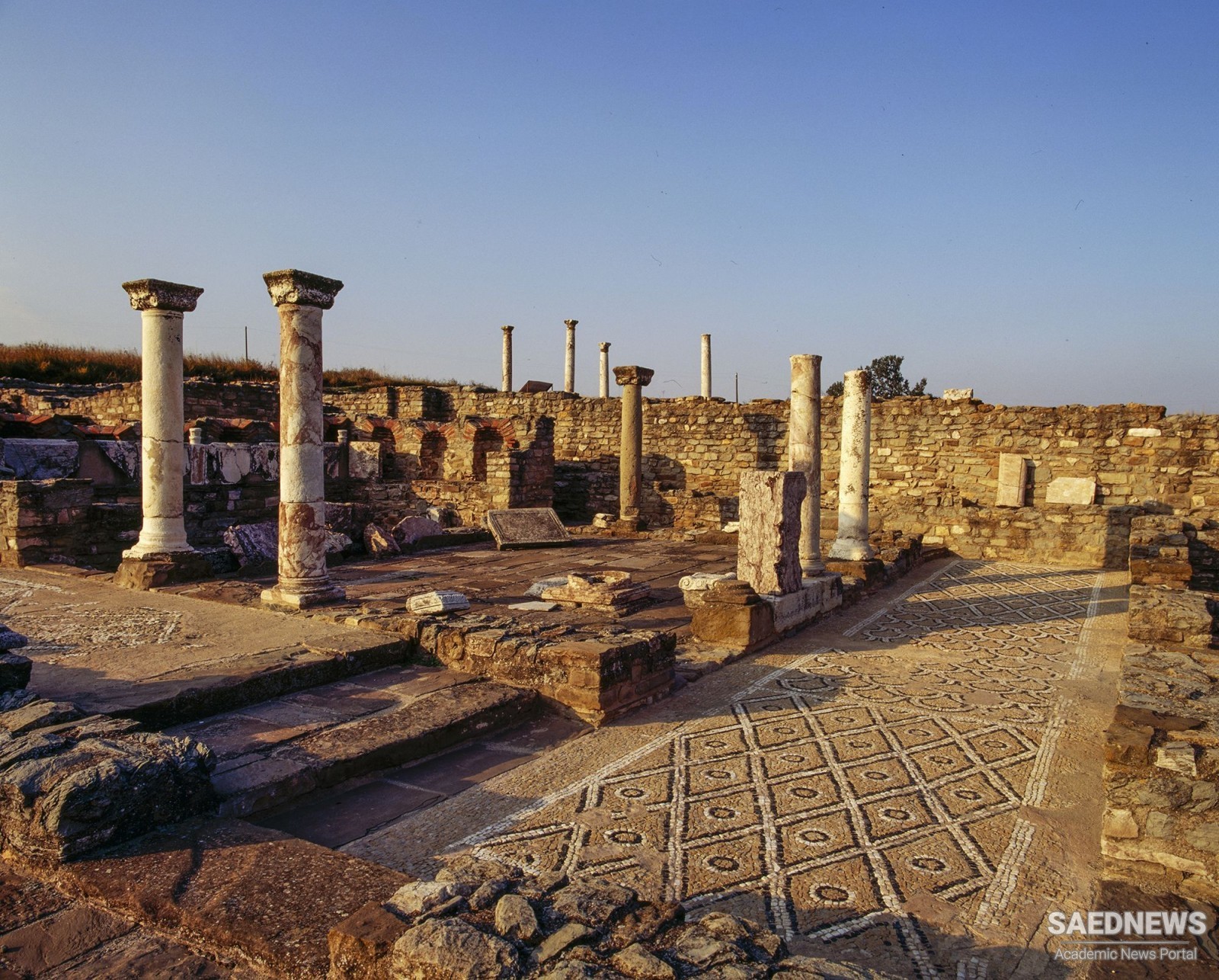A network of Greek military settlements and cities covered Iran from the Syr Darya to the Persian Gulf, and kept the realm together. A colony was generally established on the royal land, and on an easily defendable site. For instance, at Ai Khanum, on the Amu Darya (Oxus), the colony was protected on two sides by rivers, and on the third side by a hill which became its citadel. Colonists received land lots which were encumbered with the obligation of military service. A Greek city (polis) was formally autonomous, though in fact controlled by the royal overseer {epistates); it had its own territory which made it more or less self-sufficient economically. Thus, the classical traditions of the Greek polis continued in the Orient: the landowners lived in the city and not in the open country, though, of course, they could have luxurious manor houses, furnished with baths, outside the city walls. The walls made the city impregnable, except for a regular army, and the city militia could be relied upon to keep in check the unruly natives on her territory. Thus, Media was ringed with Greek settlements as defence against the neighbouring peoples. It is noteworthy, though inexplicable, that none of the Greek cities in Iran received the privilege of (copper) coinage which was conceded by the kings to several cities in Syria, and also to Nisibis and Edessa in Upper Mesopotamia. The internal organization of the Greek city in Iran remains obscure. We hear of traditional magistrates (archonts) and such, but we do not know whether, for instance, there was a native quarter, or whether artisans of the same craft worked on the same street, as, it seems, was the case in some Greek cities under Parthian rule. But how was town life in Iranian Iran? Were Iranian towns essentially administrative centres with a citadel for the governor and his guard? Can we distinguish between a "town" and a walled "village"? What was the function of the latter? How widespread was the type of a big house inhabited by a large patriarchal family? The Sasanian legal texts still speak of the large agnatic groups with a common ancestral worship and a certain legal and economic unity.x What happened to the tribal system under the Seleucids? To mention another problem: from Crassus' defeat at Carrhae until Julian the Apostate, at least, Persian arrows checked the advance of Roman legions. The bowmen were clients of great landlords who, on occasion, became more or less independent rulers. What was the situation and the power of these Iranian lords under Seleucid rule ? Did they live in their castles or did they go to the towns? We can only hope that new discoveries may illuminate these forgotten pages of the Iranian past.


 Seleucid Empire: Ups and Downs
Seleucid Empire: Ups and Downs














































